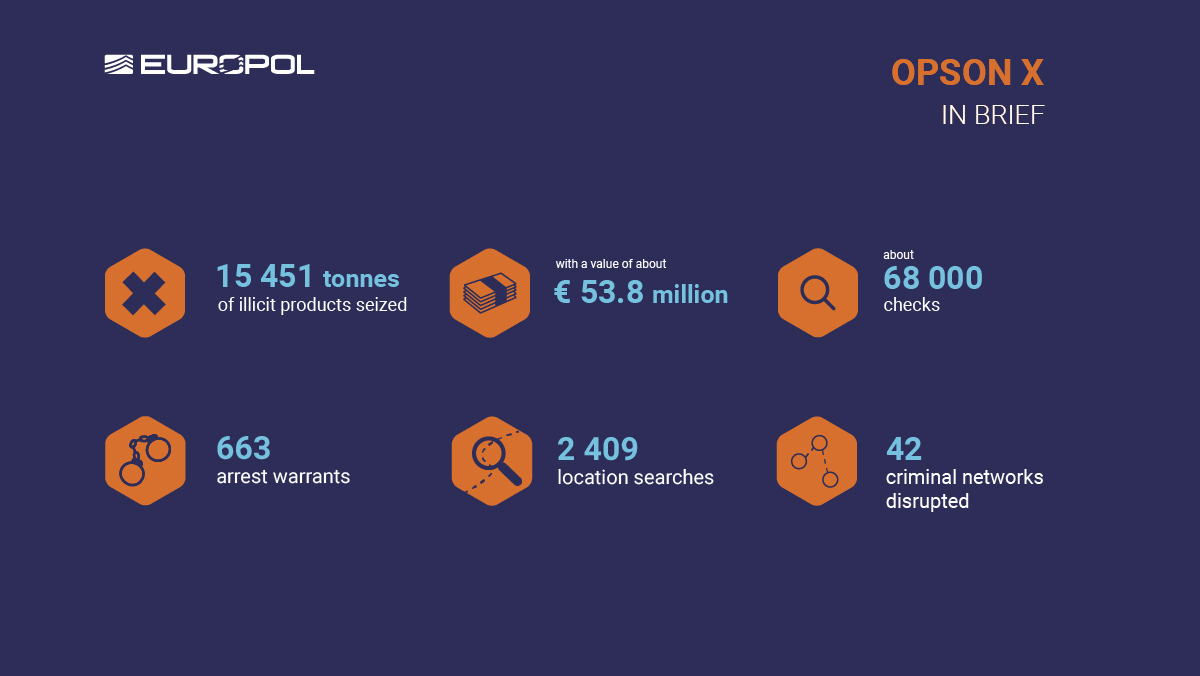
Laboratory Head (Food and Environmental Protection Lab)(P5)
Organization: NAFA-Food and Environmental Protection Laboratory
Primary Location: Austria-Lower Austria-Seibersdorf-IAEA Laboratories in Seibersdorf
Job Posting: 2021-08-05, 2:21:29 PM
Closing Date: 2021-09-02, 11:59:00 PM
Duration in Months: 36
Contract Type: Fixed Term - Regular
Probation Period: 1 Year
Organizational Setting
The Department of Nuclear Sciences and Applications implements the IAEA's Major Programme 2, "Nuclear Techniques for Development and Environmental Protection". This Major Programme comprises individual programmes on food and agriculture, human health, water resources, environment and radiation technologies. These programmes are supported by laboratories in Seibersdorf, Monaco and Vienna. The Major Programme's objective is to enhance the capacity of Member States to meet basic human needs and to assess and manage the marine and terrestrial environments through the use of nuclear and isotopic techniques in sustainable development programmes. The Joint FAO/IAEA Division of Nuclear Techniques in Food and Agriculture assists Member States of the Food and Agriculture Organization of the United Nations (FAO) and the IAEA in using nuclear techniques and related technologies to improve food security, alleviate poverty and promote sustainable agriculture. The Joint Division consists of five Sections, each with an associated laboratory (located in Seibersdorf, 45 km south-east of Vienna), in the areas of: animal production and health; plant breeding and genetics; insect pest control; soil and water management and crop nutrition; and food and environmental protection.
The Food and Environmental Protection Section and Laboratory assist Member States in ensuring the safety and quality of food and agricultural commodities through the development of analytical techniques and application of food irradiation, focusing on the use of nuclear and related technologies in the management of food and environmental hazards and on strengthening capacities for nuclear emergency preparedness and response in agriculture.
Main Purpose
As a member of the FAO/IAEA Agriculture and Biotechnology Laboratories team and with the programmatic direction of the Joint FAO/IAEA Centre, the Laboratory Head (Food and Environmental Protection Lab) leads the innovative Research and Development (R&D) activities of the Food and Environmental Protection Laboratory (FEPL) relating to the development of methodologies to enhance food control systems in Member States for food authenticity, to support food traceability and to control food contaminants and residues of agrochemicals, in the context of joint FAO/IAEA programmes to ensure food quality and safety and to enhance international trade.
Role
The Laboratory Head plays several key roles in the Agency's Laboratories and the Joint FAO/IAEA Programme: (1) a team leader, ensuring the efficient and effective development and implementation of the FEPL's research, training and services activities; (2) an advisor to the Head of the Food and Environmental Protection Section and to the Director of Joint FAO/IAEA Centre, on programmatic, scientific, technical matters; and advocate for relevant administrative matters.
Applications from qualified women and candidates from developing countries are encouraged.
Further information on the role.

 The food sector is subject to illegal practices of various types such as adulteration or exploitation of labour. In the media and public discourse, this phenomenon is often associated to activities by organised crime groups. Drawing on a socio-legal empirical study on the perception and conceptualisation of food crime in English and Italian public institutions, this paper unpacks the involvement of organised crime and mafia-type actors in the food sector. Considering data collected through in-depth interviews with representatives of law enforcement and other public authorities, supported by documentary sources, this research points out that, from both an institutional perspective that narrowly conceptualises as food crime as food fraud, as well as from a wider perspective that addresses other practices happening in the food sector, organised crime is involved in food crime. By referring to the English and Italian cases, and by merging different bodies of literature, such as green criminology and enterprise theory, this article advocates for conceptual clarity when referring to the involvement of corporate crime, organised crime and mafia-type groups active in the food sector. In so doing, it presents and reflects upon ‘organised food crime’ as a new socio-legal category and highlights its policy outcomes.
The food sector is subject to illegal practices of various types such as adulteration or exploitation of labour. In the media and public discourse, this phenomenon is often associated to activities by organised crime groups. Drawing on a socio-legal empirical study on the perception and conceptualisation of food crime in English and Italian public institutions, this paper unpacks the involvement of organised crime and mafia-type actors in the food sector. Considering data collected through in-depth interviews with representatives of law enforcement and other public authorities, supported by documentary sources, this research points out that, from both an institutional perspective that narrowly conceptualises as food crime as food fraud, as well as from a wider perspective that addresses other practices happening in the food sector, organised crime is involved in food crime. By referring to the English and Italian cases, and by merging different bodies of literature, such as green criminology and enterprise theory, this article advocates for conceptual clarity when referring to the involvement of corporate crime, organised crime and mafia-type groups active in the food sector. In so doing, it presents and reflects upon ‘organised food crime’ as a new socio-legal category and highlights its policy outcomes.
